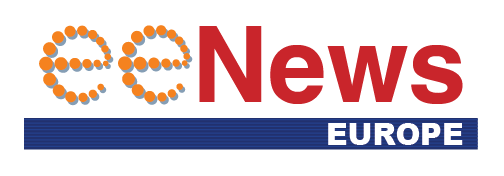
Low-noise laser powers next-gen quantum technologies
An automotive innovator, indie is rapidly gaining industry adoption in its photonics portfolio, with its latest ultra-low noise LXM-U lasers enabling next-generation quantum applications by delivering industry-leading frequency stability and integration flexibility.
The company’s Photonics Business Unit (BU), established earlier this year, combines its photonics team (formerly TeraXion) in Canada, with a portfolio of lasers and optical components, and the recently acquired EXALOS team in Switzerland, with a class-leading super luminescent diodes (SLED) portfolio with unique photonic integration capabilities. The Photonics BU focuses on automotive Advanced Driver Assistance Systems (ADAS) use cases, including LiDAR and newly emerging adjacent industrial markets.
Quantum computing has progressed beyond demonstrations, with the development of next-generation architectures underway. “We are already engaged with front-runners in quantum computing, sampling innovative solutions by leveraging indie’s world-class LXM-U lasers and optical integration capabilities. This represents a great opportunity for indie to lead the quantum revolution in optical components and drive future growth,” said Mathieu Drolet, Executive Vice-President, indie’s Photonics Business Unit.
The LXM-U, the latest addition to the portfolio of narrow-linewidth semiconductor lasers, is exceptionally well-suited for quantum technologies — particularly in quantum key distribution (QKD) and quantum computing. With its ultra-low-frequency noise, 10x lower than competing technologies, and narrow linewidth, the laser delivers the precision and stability required for the most demanding quantum applications. Its long-term stability maintains a locked operation for days, enabling reliable transmission of cryptographic keys.
A unique differentiator of the LXM-U laser is its ability to be easily co-packaged with other lasers and Photonic Integrated Chips (PICs). Co-packaging enables close collaboration with customers on design, utilising their proprietary technology in conjunction with our laser to manufacture light engines with optimised performance and cost efficiency.
 If you enjoyed this article, you will like the following ones: don't miss them by subscribing to :
eeNews on Google News
If you enjoyed this article, you will like the following ones: don't miss them by subscribing to :
eeNews on Google News





